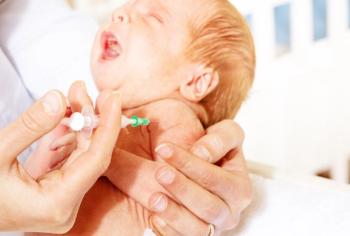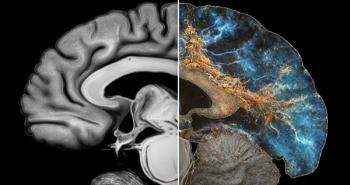
Pediatric Asthma Refresher for the Primary Care Clinician
In the United States asthma affects nearly 7 million children. Brush up on the core components of pediatric asthma care with this short slide show.
Upwards of 50% to 80% of children who have asthma experience symptoms before the age of 5 years. Diagnosis is not straightforward in this age group, and asthma may be misdiagnosed as chronic bronchitis, wheezy bronchitis, reactive airway disease, recurrent pneumonia, gastroesophageal reflux, and recurrent upper respiratory tract infections.As a reminder of the importance of fully exploring recurrent respiratory symptoms in your young patients, the slides here distill the 4 primary components of effective asthma care as put forth in 2007 in the National Heart, Lung, and Blood Institute’s (NHLBI) Expert Panel III Report.
References:
1. Van Garsse A, Magie RD, Bruhnding A. Pediatric asthma for the primary care practitioner. Prim Care. 2015;42:129-142. http://www.ncbi.nlm.nih.gov/pubmed/?term=10.1016%2Fj.pop.2014.09.013.
2. Akinbami L, Moorman J, Liu X. Asthma prevalence, health care use and mortality: United States, 2005-2009. National Health Statistics Reports. US Department of Health and Human Services; Hyattsville (MD): Centers for Disease Control and Prevention; 2011 (32).
3. Expert Panel report 3 (EPR3): guidelines for the diagnosis and management of asthma. Bethesda (MD): National Heart, Lung, and Blood Institute; 2007. (NIH publication no 08-4051).
Newsletter
Enhance your clinical practice with the Patient Care newsletter, offering the latest evidence-based guidelines, diagnostic insights, and treatment strategies for primary care physicians.















































































































































































































































































